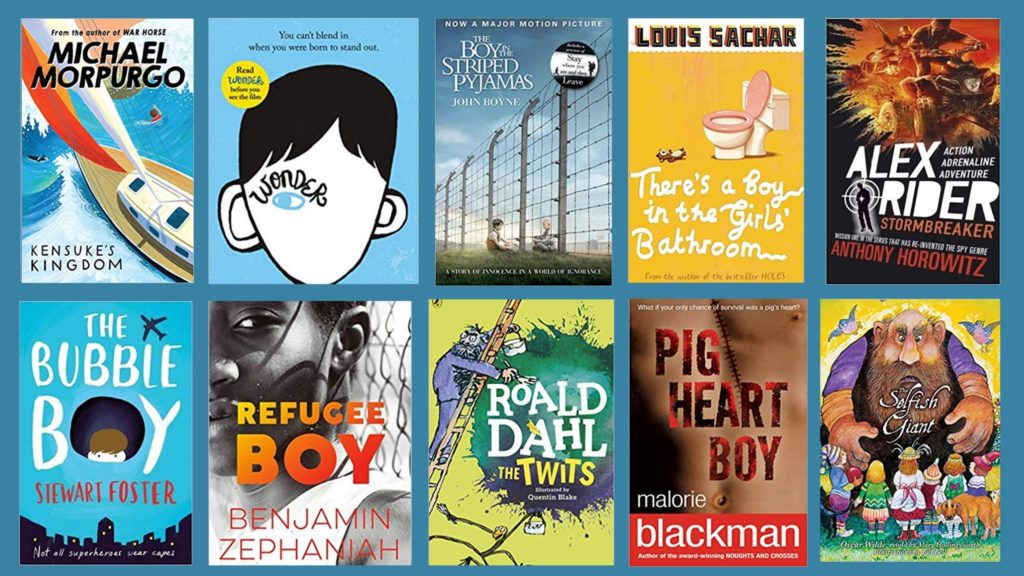Handwriting: Why it’s still important!

“Wow Miss your handwriting is beautiful, my mum loves getting your notes!”
Having a legible, unique and stylish handwriting style has been one of my signature points as an education practitioner over the decades and has fed into my love of writing.
There is nothing like a newly sharpened pencil, a clean and clear exercise book and a chance to begin your creative journey.
Teaching handwriting is, however, often marginalised and can slip from the timetable, certainly in years 3 onwards.
Mark making and beginning to understand that squiggles, dots, lines and circles carry meaning is an essential part of the early years foundation stage and the ability to interpret these marks is being continually assessed.
Fine motor skills are developed through opportunities for the pupils to paint the fence outside with large flat brushes and water, threading buttons and cotton reels onto laces and using chop sticks and cotton buds to paint with. Strong and accurate digits make for great handwriting!
Letter formation comes next, knowing where a letter starts, and ends is key and starting at the top of an ‘l’ and sweeping down to the line is a skill best taught young. We teach the children how to print their letters first and always the lower-case ones.
Capital letters are taught secondary when grammar is introduced. Printing letters and then putting them together to form words is where the magic begins. Children realise the power of communication and their access to it. Writing constantly, notes, letters, stories, ideas, lists and labels.

Writing is part of most, if not every lesson, and the expectation as the pupil’s progress through the national curriculum years is that they write legibly, quickly and accurately.
Copying the learning intention from the board, the date and the exercise is a given and then the content of the lesson needs to be interpreted and transcribed onto the page. The relationship between the hand and the eye is developed as and is one of the skills learnt when copying items into exercise books.
To be able to do this effectively the pupils need to be able to write quickly and being able to join up the letters, using the cursive script, is a necessary skill they need to have. Making the joins correctly enables a fluid style; a ‘c’ to an ‘h’ must start from the bottom of the ‘c’ to the top of the ‘h’.
“Teach the joins explicitly and then allow the pupils time to write.”
Embedding the rules for the ‘joins’ takes time and daily practice is needed. The time taken for the class to practise their joins is time well spent. It can be a calming activity at the beginning of an afternoon session or the end of the day.
Teach the joins explicitly and then allow the pupils time to write. Differentiate as appropriate and mark their work with next steps and areas for improvement and areas for support.
Playing classical music helps the process. Then allow the pupils to use their newly acquired skills by publishing any of their written work; using high quality paper and pens or pencils.
Handwriting is a skill and one that needs to be taught throughout the primary phase; plan for it and then over time you will see the many positive results!








Responses